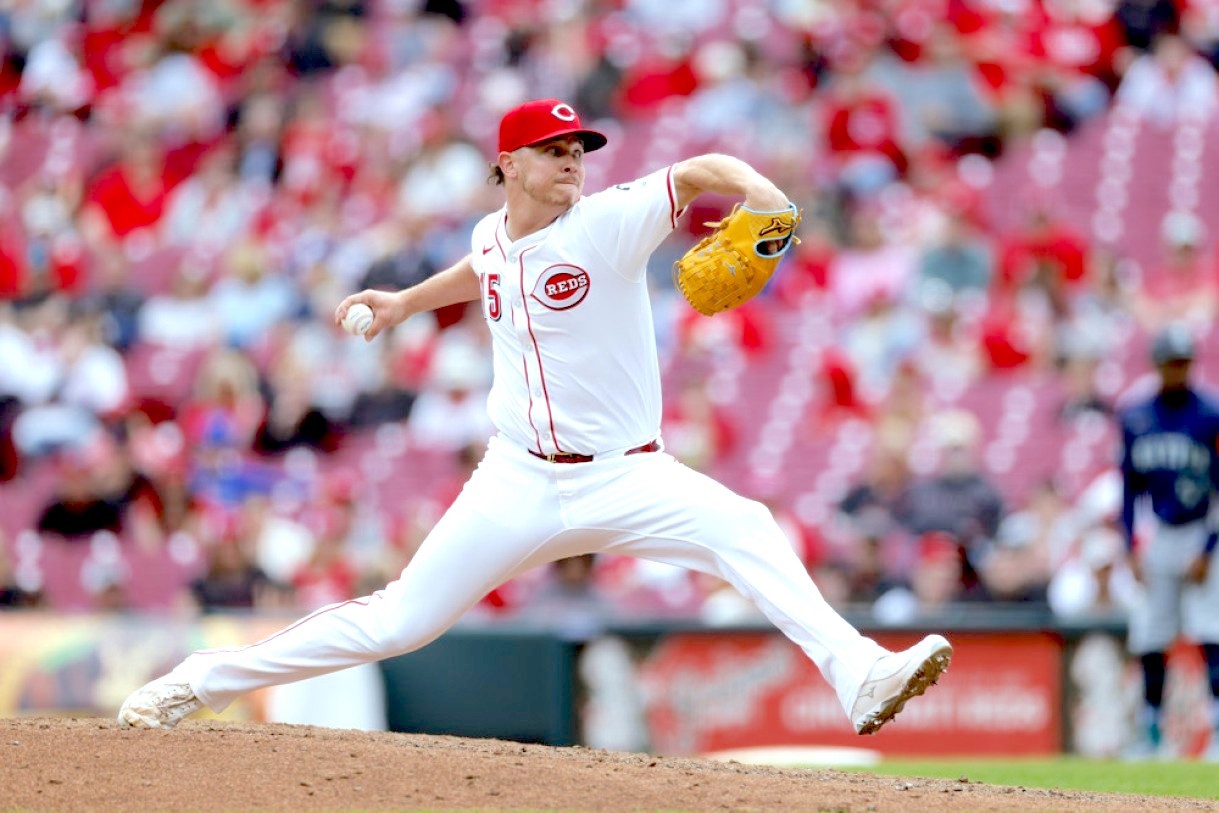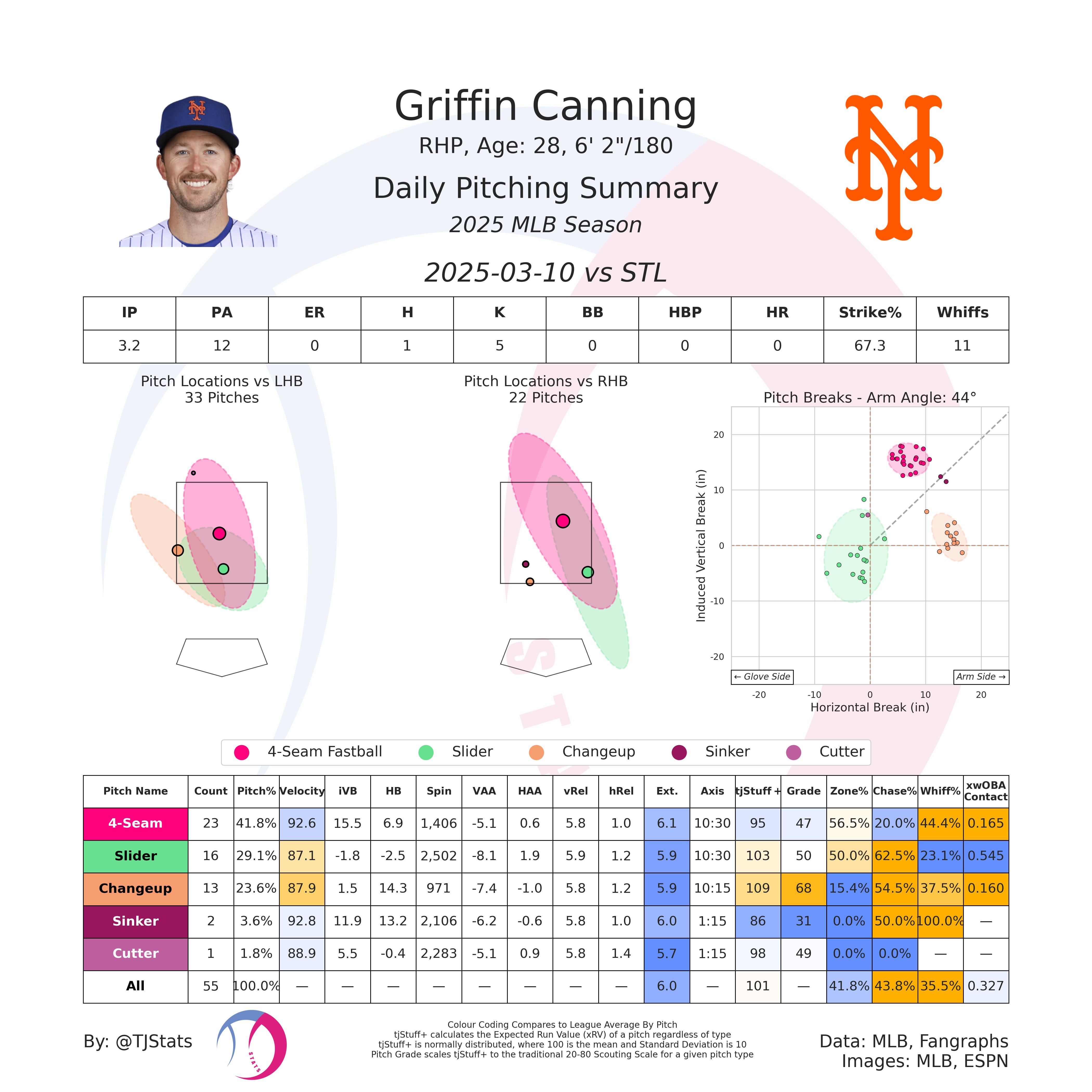Alright, so the other day I was tinkering with my fantasy baseball lineup, you know how it goes. My pitching staff was looking a bit shaky, and I was on the hunt for someone who might give me a bit of an edge. Griffin Canning’s name popped up as a potential streaming option, and I thought, “Hmm, I remember him, but what’s his deal really?” I don’t like just going off gut feelings or what some talking head said on TV.

My Deep Dive Process
So, I decided to do my own little investigation. I fired up my computer, got comfortable, and started to really dig into his numbers. I wasn’t just looking at the surface-level stuff like ERA or wins. No, I wanted to see the patterns, the nitty-gritty. I wanted to understand his splits. How does he perform in different situations? That’s where you often find the real story, I think.
First off, I pulled up his career stats and started to break them down. My main focus areas were:
- Home vs. Away: This is always a big one for me. Some guys are just different pitchers in their home park. I meticulously compared his ERA, WHIP, and strikeout rates in both scenarios. I really spent some time looking at these numbers, trying to see if a clear pattern emerged.
- Lefty vs. Righty matchups: This is crucial, especially if you’re thinking about specific matchups. I carefully checked how he fared against left-handed hitters versus right-handed hitters. Sometimes a pitcher can dominate one side of the plate but struggle against the other. I was looking for any significant differences in batting average against, on-base percentage, that sort of thing.
- Day vs. Night games: Less critical for some, but I always like to take a peek. You never know, some pitchers just see the ball better or feel more comfortable under the lights, or vice versa.
- Performance with certain pitches: This was a bit more involved. I tried to find data on how effective his different pitches – like his fastball, slider, changeup – were. Were hitters whiffing more on one particular pitch? Was one getting hit harder than others? This took a bit more digging, trying to piece together information from different sources I usually check out.
What I Found (Generally Speaking)
After spending a good chunk of time sifting through all this, I started to get a clearer picture. Now, I’m not going to bore you with exact percentages down to the decimal, because honestly, that’s not the point of my sharing here. It’s about the process of looking deeper.
What I noticed was that, like a lot of pitchers, there were definitely some trends. For instance, I might have seen that he seemed a bit more comfortable or effective in certain environments. Maybe his numbers were a bit sharper at home, or perhaps he handled one type of hitter (lefty/righty) more effectively than the other. Sometimes you see a guy whose secondary pitches are really on point in specific counts, or whose fastball plays up in certain situations.
It’s like putting together a puzzle. You look at one piece, then another, and slowly the image becomes clearer. It’s rarely just one thing, you know? It’s usually a combination of factors that paint the full portrait of a pitcher’s tendencies.

My Takeaway from the Exercise
At the end of my little research session, I felt much more informed. It wasn’t just about whether to pick up Canning for my fantasy team anymore. It was about the practice of looking beyond the headlines and understanding the nuances. Going through this process of examining the splits really helps me make better decisions, not just in fantasy, but in how I watch and appreciate the game.
So, yeah, that was my little project for the afternoon. Just me, some stats, and trying to figure out the puzzle of a pitcher’s performance. It’s kind of fun, in a nerdy way, to see what you can uncover when you just spend a little time looking.
